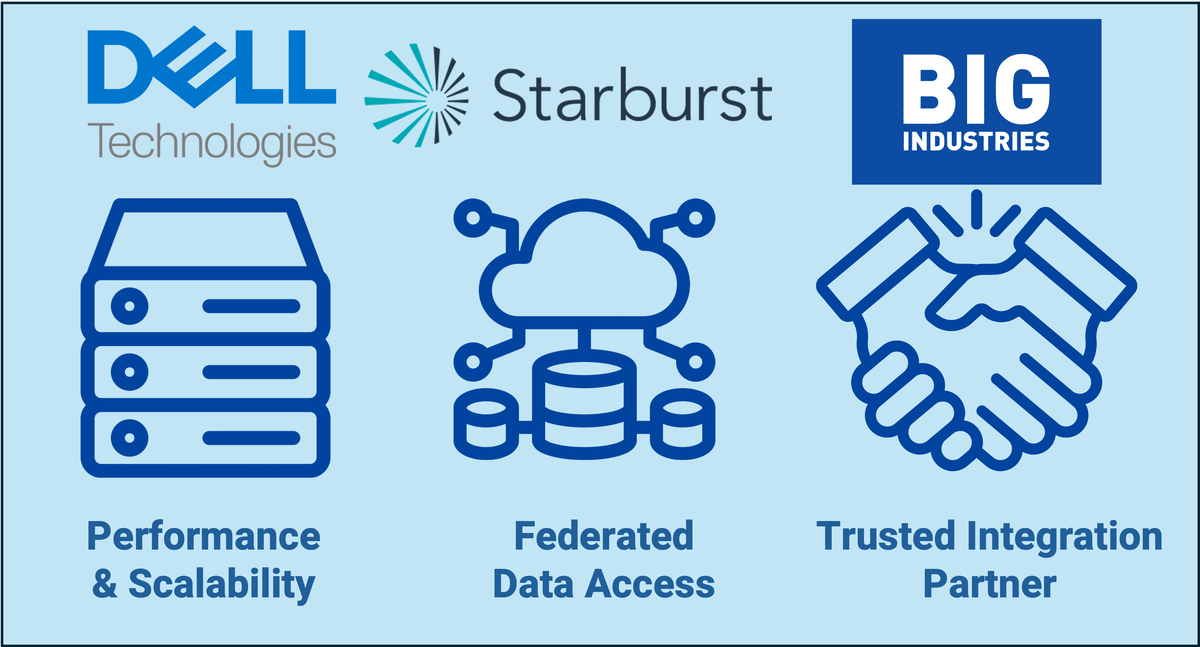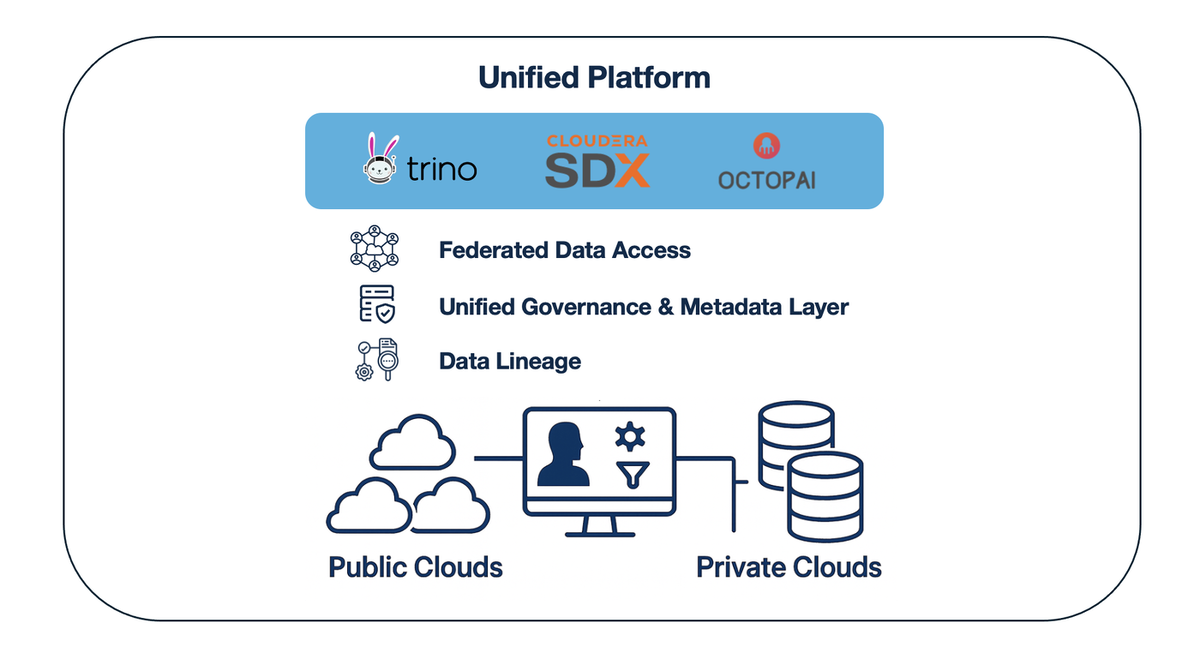General
Redefining Data Engineering with AI-Augmented Data Integration

As data volumes, complexity, and velocity continue to grow, traditional data integration methods struggle to keep up. Manual pipeline development, brittle mappings, and reactive data quality practices can no longer meet the demands of modern businesses. Enter AI-augmented data integration—a new paradigm that combines the scalability of automation with the intelligence of machine learning to transform how organizations ingest, prepare, and manage data.
What Is AI-Augmented Data Integration?
AI-augmented data integration refers to the use of artificial intelligence and machine learning to enhance every stage of the data integration lifecycle. From automating schema matching to detecting anomalies in real time, AI empowers data teams to build more resilient, intelligent, and adaptive pipelines.
Key Capabilities
- Smart Schema Mapping: AI can infer relationships between fields across systems, suggesting or auto-generating mappings based on historical patterns and metadata.
- Automated Data Quality Checks: Machine learning models can profile data, identify anomalies, and recommend data cleansing rules without manual intervention.
- Natural Language Interfaces: Business users can describe transformations or queries in plain language, which AI translates into executable logic.
- Intelligent Pipeline Optimization: AI can analyze usage patterns to optimize scheduling, parallelism, and resource allocation for better performance.
- Metadata Enrichment: AI helps classify data (e.g., PII detection), infer lineage, and improve cataloging accuracy.
Benefits for Data Teams
AI-augmented integration doesn't replace data engineers—it amplifies them. It reduces repetitive work, flags potential issues earlier, and makes data systems more transparent and adaptive. This enables engineers to focus on strategic initiatives rather than firefighting or manual tuning.
Popular AI Tools in the Space
Several platforms are already embedding AI Tools to support smarter data integration:
- Anthropic Claude: Used for natural language processing, documentation, and transformation logic suggestions
- GitHub Copilot: Assists in writing transformation and orchestration code
- Cursor: Lets you write code using instructions
- Amazon Q and Gemini Code Assist: Embedded assistants across cloud ecosystems to accelerate development
- many more...
The Road Ahead
As generative AI and foundation models become more integrated into enterprise software, expect AI-augmented integration to evolve further—from copilots that suggest code to autonomous agents that build and maintain pipelines. This shift will be key to scaling data operations in a world where speed, trust, and adaptability are non-negotiable.
Final Thoughts
AI-augmented data integration is not a distant vision—it's already reshaping how modern data platforms operate. Organizations that embrace this approach will not only streamline their data workflows but also unlock faster, more reliable insights. In the age of real-time decision-making and AI-driven transformation, smarter integration is a competitive advantage.

Matthias Vallaey
Matthias is founder of Big Industries and a Big Data Evangelist. He has a strong track record in the IT-Services and Software Industry, working across many verticals. He is highly skilled at developing account relationships by bringing innovative solutions that exceeds customer expectations. In his role as Entrepreneur he is building partnerships with Big Data Vendors and introduces their technology where they bring most value.




